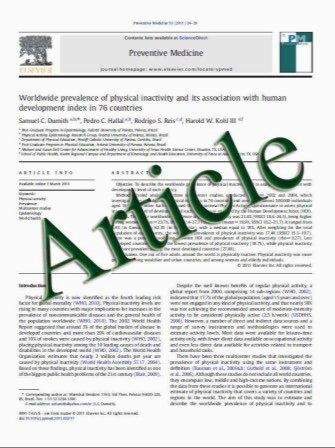Sustained delivery of human growth hormone from a novel gel system: SABERTM
- نوع فایل : کتاب
- زبان : انگلیسی
- مؤلف : Franklin W. Okumua, Le N. Daob, Paul J. Fielderb, Noel Dybdalb, Dennis Brooksa, Samir Sanea, Jeffrey L. Clelanda,*
- چاپ و سال / کشور: 2002
Description
Purpose: The purpose of this study was to evaluate the release of recombinant human growth hormone (rhGH) from a novel nonpolymeric sustained release system, SABERt. Methods: The SABER system consists of sucrose acetate isobutryate, a solvent and a polymeric release modifier. Spray dried formulations of zinc complexed rhGH in sodium bicarbonate containing sucrose and polysorbate 20 were homogenized with various SABER systems (10% w/v rhGH) and assessed in vitro and in vivo (rat studies). The effect of protein to sucrose ratio in the spray dried formulation and a release modifier, poly-d,l-lactic acid (PLA), in the SABER system, on the initial release was investigated along with the effect of dose volume. Results: The in vitro release studies with rhGH SABER suspensions indicate that increasing the sucrose content from 2 to 5 mg/ml in the rhGH formulations increased the initial release (24 h) from 78.0% to 93.5%. When the protein formulation was held constant and 1.0% w/w PLA was added to the solvent phase, the initial release was reduced from 78.0% to less than 5.0%. The initial release in vivo after subcutaneous administration (SC) in rats (15 mg/kg rhGH) decreased with increasing PLA content (1.0% w/w PLA, Cmax ¼ 342:8 ng/ml; 10% w/w PLA, Cmax ¼ 35:4 ng/ml), while increased sucrose content increased both the initial release (AUC0–2 days) and persistence (AUC2–7 days) over the 7 days from 64.2 to 228.4 ng day/ml (total AUC). A linear dose response (rhGH serum levels) was observed after SC administration of different rhGH SABER volumes greater than 100 ml. Histological examination of the injection sites indicated a mild inflammatory response similar to that observed after injection of PLA microspheres. Conclusions: The addition of PLA reduced the initial release rate of protein release from SABER, while increasing the sucrose content of the protein formulation yielded increased rhGH persistence. These results demonstrate that the SABER delivery system allows weight-based dosing at volumes greater than 100 ml to achieve sustained release of intact rhGH in vivo for at least 7 days. r 2002 Elsevier Science Ltd. All rights reserved.
Biomaterials 23 (2002) 4353–4358 Received 13 November 2001; accepted 8 April 2002


